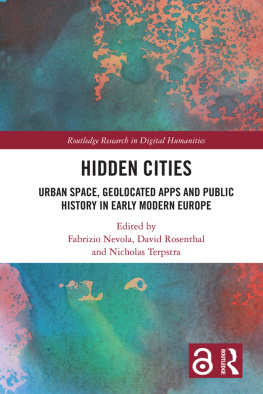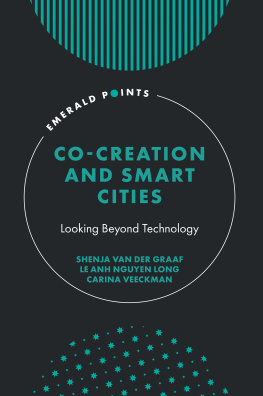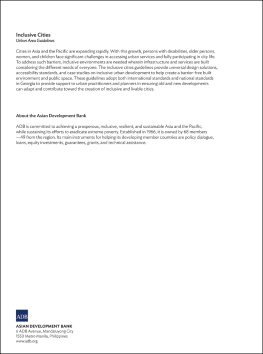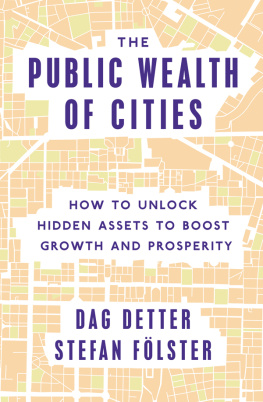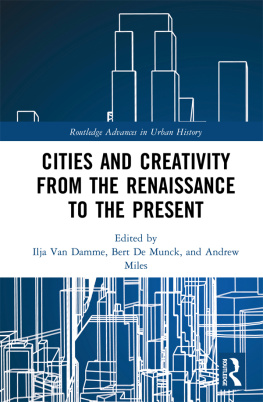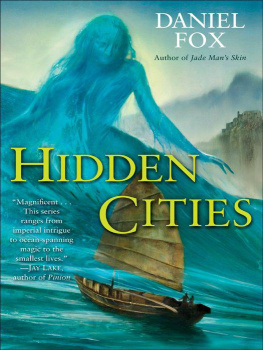
Revisioning the city Public history and locative digital media
David Rosenthal
DOI: 10.4324/9781003172000-3
**********
For those concerned with how we do public history in the streets, the toppling of statues across North America, and to a lesser extent Europe and elsewhere, in the summer of 2020 was an instructive moment. As long-simmering tensions around monuments to figures such as Robert Lee, Edward Colston and Christopher Columbus erupted into direct action following the murder of George Floyd in Minneapolis, dozens of statues were pulled down, damaged or defaced. Many dozens more were either removed or modified by official means, a process already well in train and accelerated by the events of 2020. Whatever the approach, what has driven proponents of change is the idea that public spaces should not be occupied or at least unproblematically occupied by heroes on pedestals judged to be deeply implicated in a racist or imperialist past.
* I would like to thank Jo Morrison, Forbes Morlock, Anne Brassier, and my co-editors Fabrizio Nevola and Nicholas Terpstra for their helpful comments on this chapter.. More widely, for the United States, see David B. Allison, ed., Controversial Monuments and Memorials (Lanham, MD: Rowman & Littlefield, 2018); Madge Dresser, Set in Stone? Statues and Slavery in London, History Workshop Journal 64, no. 1 (2007): 162199.This powerful reminder that the way we inscribe the past into public spaces has a profound, if not always obvious, cultural significance makes a good starting point for a chapter that reflects on the relatively new potentials of locative media to do just that. Smartphones, especially, are almost tailor-made for locative storytelling, and as such are versatile tools in the public history armoury, well placed to play a role in the memory activism that forms part of the business of public history.
James B. Gardner and Paula Hamilton, The Past and Future of Public History: Developments and Challenges, in The Oxford Handbook of Public History, ed. Gardner and Hamilton (New York: Oxford University Press, 2017), 11. Serge Noiret, An Overview of Public History in Italy: No Longer a Field Without A Name, International Public History 2, no. 1 (2019): 2. Thomas Laqueur, While Statues Sleep, London Review of Books 42, no. 12 (2020): 914. Colston was rescued from the harbour and is presently on display, horizontally, along with placards from the June 2020 action in Bristol Museums M Shed space.. (accessed June 2, 2021). Jason Farman, Stories, Spaces, and Bodies: The Production of Embodied Space through Mobile Media Storytelling, Communication Research and Practice 1, no. 2 (2015): 106.The Hidden Cities group of apps, the focus of this collection, is informed by precisely this kind of public history agenda. To illustrate, we might take Hidden Florences Crime and Punishment trail, set in the 1560s, which in fact begins by marking up a public statue. The contemporary guide, a feature of all the Hidden Cities trails, is a fictive city cop called Ercole, who begins his journey by standing the user in front of the statue of Hercules outside the doors of the Palazzo Vecchio. Baccio Bandinellis marble Hercules may be a prominent monument, but it has a sketchy public profile, known mainly as the inferior counterpoint to Michelangelos celebrated David a few feet away. Ercole does not undercut this, indeed he reinforces it, but he does so by returning the statue firmly to its sociopolitical context. He recalls that when Hercules, poised to execute the cowering cattle thief Cacus with his club, was unveiled in 1534, not long after the Florentine republic was crushed by the Medici and their allies, the artwork was seen as a blatant symbol of monarchical rule and was plastered with dozens of derogatory poems. Yet as well as tagging Hercules with audio signage that contextualises him in terms of regime change and the Renaissance politics of public art, Ercole introduces a new figure into the square himself. Ercole turns out to be a man who finds in this mythological marble hero a legitimate model for Medici justice and his own role in it, and in the course of his trail the user discovers a great deal about the places and culture of justice in the early modern Italian city, and about the brutal and brutalised outsiders, such as Ercole, who sustained the machinery of civic order. On the whole, this is how Hidden Cities has leveraged locative AR. It geotags stories of lived experience to established heritage, to largely ignored places and at times to radically transformed sites. At the same time, it populates pluralises, as Laqueur might put it the landscape with male and female figures who, for the most part, represent past lives rarely set in front of a local or visiting public. This chapter will turn to examine the Hidden Cities model more closely, as well as point to potential directions in this fast-evolving field. But first it will provide some context by setting out the range of ways that locative AR is being used to tell often untold histories in public spaces, a field of practice only starting to come into focus in the public history scholarship.
Current public history surveys touch lightly on mobile media, tending to subsume this within digital history more widely. Sharon Leon, Complexity and Collaboration: Doing Public History in Digital Environments, in Gardner and Hamilton, eds., The Oxford Handbook of Public History, 4466; Serge Noiret, Digital Public History, in A Companion to Public History, ed. David Dean (Hoboken, NJ: Wiley, 2018), 111124. Cherstin M. Lyon et al., Introduction to Public History: Interpreting the Past, Engaging Audiences (Lanham: Rowman & Littlefield, 2017). However, see Kevin Kee and Timothy Compeau, eds., Seeing the Past with Computers (Ann Arbor: University of Michigan, 2019); Fabrizio Nevola and David Rosenthal, Locating Experience in the Renaissance City Using Mobile Technologies: The Hidden Florence Project, in Mapping Space, Sense, and Movement in Florence: Historical GIS and the Early Modern City, ed. N. Terpstra and C. Rose (London: Routledge, 2016), 187209; Fabrizio Nevola, Microstoria 2.0: Geo-locating Renaissance Spatial and Architectural History, in Early Modern Studies and the Digital Turn: New Tools for New Research Questions, ed. D. Jakacki, L. Estill, and M. Ullyot (Toronto: Arizona CMRS and Iter, 2016), 261284. From the far more extensive mobile media scholarship, pathfinding has been Jason Farman, ed., The Mobile Story: Narrative Practices with Locative Technologies (London: Rout-ledge, 2013); Farman, Storytelling with Mobile Media, in The Routledge Companion to Mobile Media, ed. Gerard Goggin and Larissa Hjorth (London: Routledge, 2013), 528537.Like most history, narratives of the past told in situ using locative media are often mediated by third-person interpretation. Slavic Village, for example, one of the 34 Cleveland Historical tours, traces a history of migrant enclaves in the city. It focuses on the growth, in the late nineteenth and early twentieth centuries, of Warszawa, or little Warsaw, one of the largest Polish communities in the United States, and neigh-bouring Karlin, where there was a significant concentration of Czech immigrants. It describes the post-war transformation of these enclaves due to deindustrialisation and suburbanisation, as well as moves, in the late twentieth century, to revitalise the same neighbourhoods under the banner of Slavic Village, a rebranding that catalysed growth but which met with a mixed reception by local residents. With an introduction framing this narrative, the trail joins together 12 geolocated sites some still in existence such as the Bohemian National Hall or the Third Federal Savings and Loan; others transformed, such as the Cleveland Worsted Mills, which closed in the 1950s to interpret a century of physical, socio-economic and ethnic urban change.
Next page
